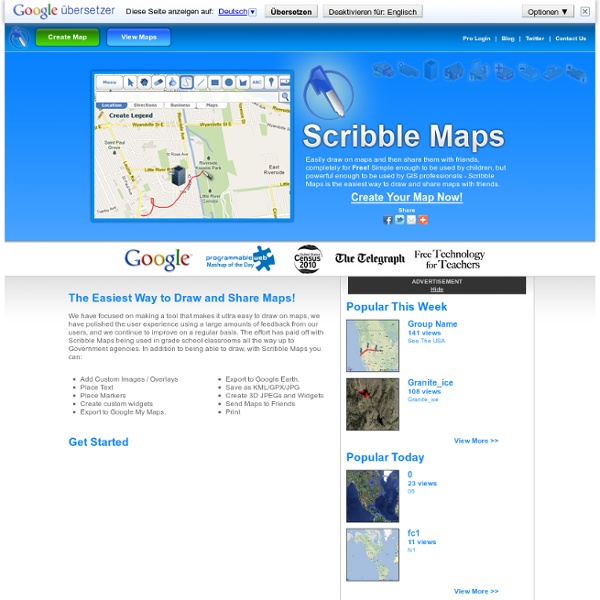



Mixx - Latest news and top videos and photos from around the web Fine Tuna - Fine tune a design or image by adding feedback & comments Laying Out Your Online Experience What do you think most people want when they turn to these social technologies? If we throw away the terms for a moment, here’s what I think they want: A Sign We need a way for people to find us. A Friendly Place If your online presence is friendly, like a really clean and well-designed site, or if it has a place for you to relax and get acquainted, won’t that help the process of getting to know you? Networking Connections Building an online presence also gives you the chance to connect with people. Connecting is part of the whole social experience. A Storefront This is optional, but if one goal of your blog and your online presence is to sell something (even if that’s just YOU), make that clear. A People-Centric Mindset If you’re not building relationships, connecting with people, getting to know others on the web, and sharing, I’d say you’re doing it wrong, except I rarely believe that. That All Said… The tools change all the time. How do you think you stack up to the above?
home 23 Essential Social Media Resources You May Have Missed We know, it's summer in some parts of the world — you don't want to stay indoors all day everyday. Well don't worry, even if you missed some of Mashable's social media resources while out frolicking we've got another great list of resources from the past week to get you all caught up. Below you'll find our weekly power-guide to the best social media resources this side of the 'Net. This edition includes a ton of business resources for the social-media-savvy entrepreneur and even some quirky facts (LOL used to mean "Little Old Lady"?). Whatever your passion, dig in and enjoy. Social Media 10 Cool Facebook Status Tips and TricksHere are 10 how-to tips to help you get the most out of your Facebook status update, from features to apps, Easter eggs, jokes and more.13 Internet Slangs with Unexpected Alternate MeaningsWe've collected 13 internet slangs and acronyms with unexpected alternative meanings, ranging from downright unpredictable to hilariously ironic. Tech & Mobile Business
LearningReviews.com - Educational Websites for Kids, Teachers & Parents | Interactive Learning | K12 Subject Directory Super Teacher Tools 10 internet technologies that educators should be informed about | Emerging Internet Technologies for Education There are so many different tools and technologies available on the internet today, and so many associated terms and concepts. As I think about topics to focus on here in the coming months, I want to make sure we’re touching on the most important ones. What are the most important internet technologies for educators to be aware of, and informed about? I’m sure many people would probably come up with a slightly different list, but based on my observations and experiences, and feedback from faculty at my institution, I have selected the following technologies. I do not mean to imply that every educator should be expected to use all of these technologies in the classroom, but rather that every educator should understand what these are, the potential they have in the classroom, and how their students may already be using them. 1. 2. Have you considered outsourcing your call center? 3. 4. 5. 6. 7. 8. 9. 10. Use of brain dumps can provide you real success in exam. About Kelly Walsh
Ebook Search & Free Ebook Downloads - EbookBrowsee.net DocsFiles - Free Download Ebook And PDF Files